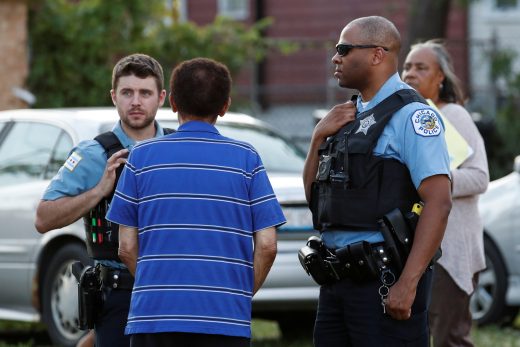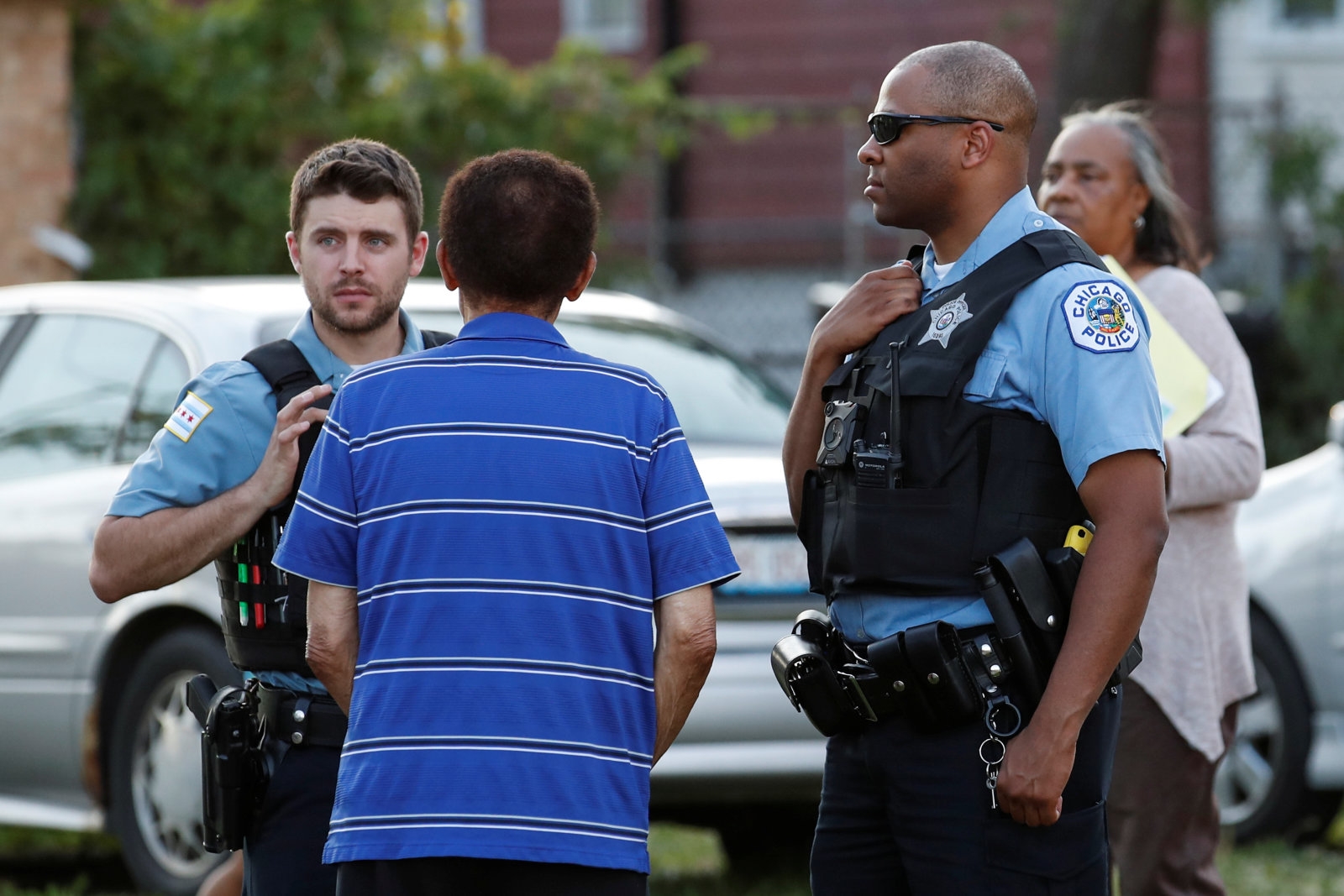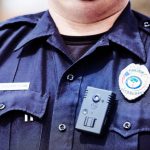Chicago police see less violent crime after using predictive code
Law enforcement has been trying predictive policing software for a while now, but how well does it work when it’s put to a tough test? Potentially very well, according to Chicago police. The city’s 7th District police report that their use of predictive algorithms helped reduce the number of shootings 39 percent year-over-year in the first 7 months of 2017, with murders dropping by 33 percent. Three other districts didn’t witness as dramatic a change, but they still saw 15 to 29 percent reductions in shootings and a corresponding 9 to 18 percent drop in murders.
It mainly comes down to knowing where and when to deploy officers. One of the tools used in the 7th District, HunchLab, blends crime statistics with socioeconomic data, weather info and business locations to determine where crimes are likely to happen. Other tools (such as the Strategic Subject’s List and ShotSpotter) look at gang affiliation, drug arrest history and gunfire detection sensors.
If the performance holds, It’ll suggest that predictive policing can save lives when crime rates are particularly high, as they have been on Chicago’s South Side. However, both the Chicago Police Department and academics are quick to stress that algorithms are just one part of a larger solution. Officers still have be present, and this doesn’t tackle the underlying issues that cause crime, such as limited access to education and a lack of economic opportunity. Still, any successful reduction in violence is bound to be appreciated.
(46)















